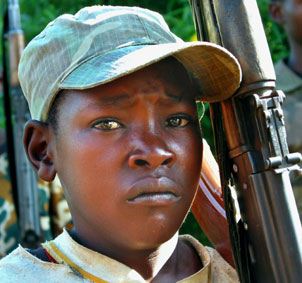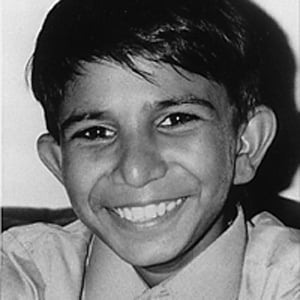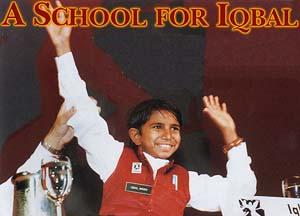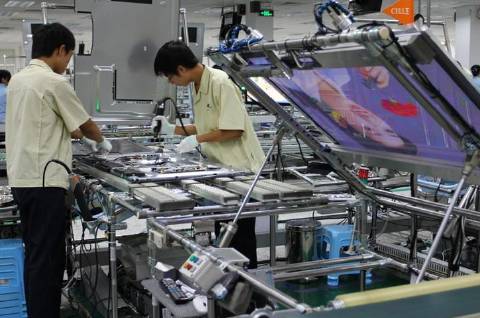
When one thinks of war, they think of battle-weary, experienced soldiers in their mid-30s. Or maybe 20s. But certainly not 15. In fact, having an army of soldiers under 17 is almost unimaginable to us. But a reality elsewhere.
Imagine being caught in crossfire, having to fight for your lives, to make yourself into a killing machine. Some 300,000 children risk their lives every day in war, and another half a million are part of armies not in conflict currently. That's massive. Most of them are forced because of poverty or even abduction.
Many of the most serious offenders are in Africa. Liberia, DRC, Burundi, and Uganda, combined, account for more than 25% of the child soldiers in the world. Other hotspots for child soldiers are generally South America and Southeast Asia, and specifically Colombia and Myanmar.
Well, you may ask, what good do child soldiers do? Won't they be useless as soldiers? The answer is no. Being trusted, vulnerable, and easily intimidated, children can be manipulated to be daring and reckless, especially under the influence of drugs. The use of children in an army can greatly add to confusion on the battlefield, and presents a unique moral dilemma to opposing forces. If that is not enough, children have also been used as scouts, messengers, minesweepers, bomb-makers, and suicide bombers.
Child soldiers grow up to be mentally scarred, uneducated adults. But the problem will continue to perpetuate if conflict is not taken care of, and poverty not dealt with effectively, two near-impossible problems. For now, our hearts go out to the thousands of innocent children whose lives will never be the same, and we hope someday, the problem can be eradicated, once and for all.





































